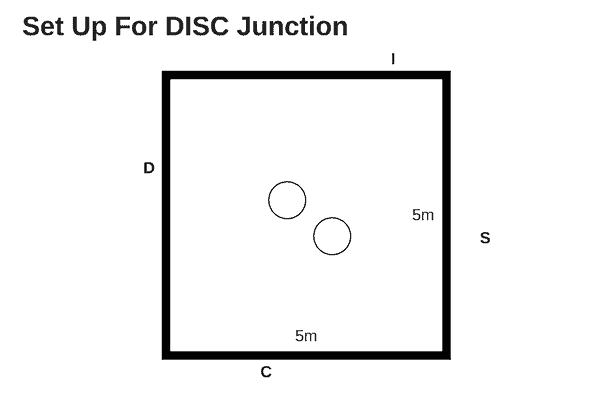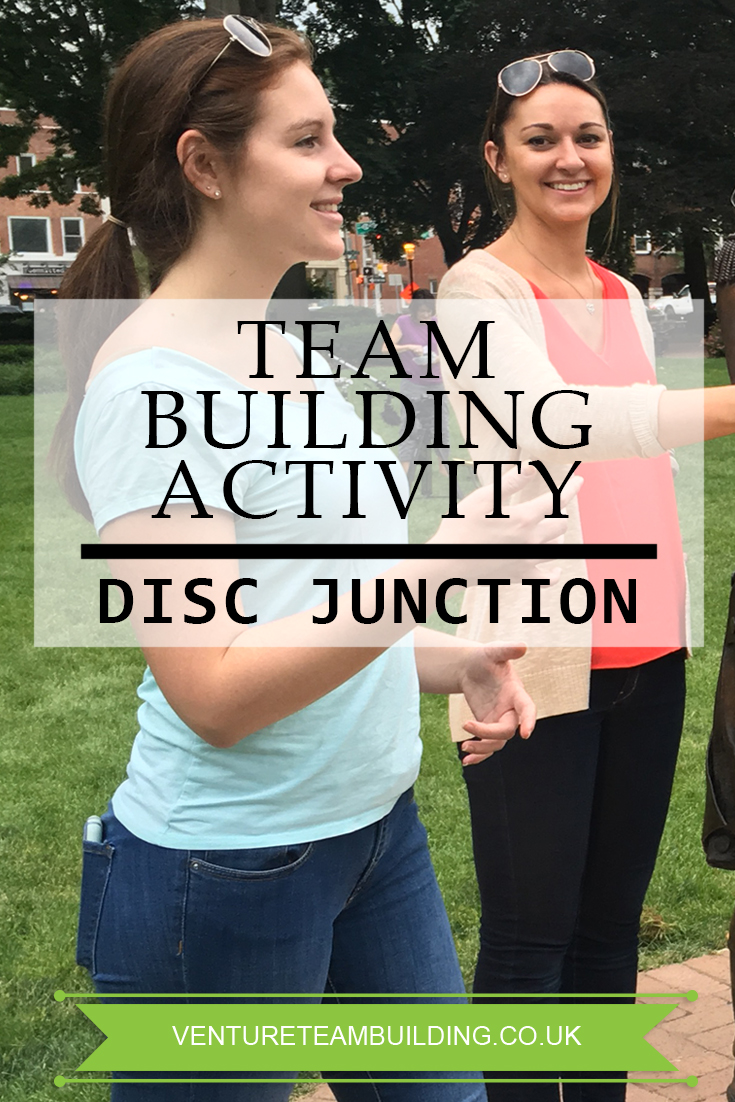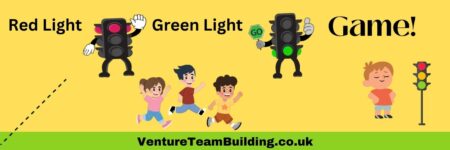DISC JUNCTION
Overview
In this activity, participants are grouped according to their DISC style and are tasked with moving themselves to the opposite side of the box, using limited resources.
Resources:
- 1 long piece of rope, at least 20m long. Alternatively, you can use duct tape.
- 12 pieces of carpet squares, or pieces of loose paper
- 2 short pieces of rope, about 2m long each
- Stopwatch/timer
Space Required: Large. Can be indoors or outdoors.
Group Size: Up to 20. For larger groups, split them up and run the activity each for smaller group.
Total Time: 60 minutes
- 10 minutes to brief and setup
- 30 minutes for the activity
- 20 minutes to review and debrief
Prerequisite: Participants should know their primary DISC style.
Set Up
- Using the long rope or duct tape, mark out a large square on the ground.
- For each of the short rope, take both ends and tie them together to form a loop.
- Each DISC style team will receive 4 carpet squares or pieces of paper.
- Each DISC style team should ideally have a maximum of 5 persons. If the teams are not balanced, you can use the secondary styles of participants to get a more even split.

Running the Activity
- Explain the activity: Divide participants according to their primary DISC style. Each group must move, as a team, from their side of the junction to the opposite side, using only the carpet squares/pieces of paper they are given. E.g. D must switch positions with S, and I must switch positions with C. The two rings in the middle can be used by the teams during their journey to cross the junction.
- Teams are given 2 minutes of planning time before the activity starts.
- Once the planning time is over, facilitators can begin the activity and start the timer.
Teams are given up to 15 minutes to complete the crossing.
- If you have more time, you can give the teams more attempts to improve their crossing times.
- Once the activity is completed, debrief participants.
Rules
- Other than the carpet squares and 2 rings, participants cannot touch the ground at any time during the cross. If they do, the team has to re-start the crossing from the behind their start line.
- Only 3 feet can be on one carpet square/paper at any one time.
- If you lose contact with a carpet square/paper, you lose it for the rest of the game.
- Carpet squares/papers cannot be thrown.
- No jumping or ‘skiing’ across the ground on a carpet square/paper.
- The ring, if used by any team, must always be occupied by 2 people.
Suggested DISC Learning Outcomes
- Problem-solving
- Teamwork
- Communication
- Creative thinking
- Learning the different preferences of each DISC style
Activity Guidance and Notes
This activity gets participants to work together to solve a problem. Each DISC style group will tend to behave in ways that are most natural to them so each team will have a different approach to the challenge. This presents an opportunity to highlight the strengths and areas for growth for each style.
The secret to successfully completing this challenge is if all the 4 groups band together their resources to get everyone to cross the junction. They can do this by creating a diagonal line across the junction and shifting that line so that each group can change positions as quickly as position. However, this hardly happens as most teams tend to adopt a competitive mindset instead of a collaborative one.
Variations
- Create a rectangular junction instead of a square one
- Give each team less carpet squares/paper to make it more difficult
- Mix up the DISC styles in each team
- To make it more challenging, only allow participants to talk during the planning time and not while doing the crossing.
Review
Suggested questions to ask:
- How did your team use the planning time?
- How well did you communicate within your group during the challenge? What observations do you have about people of your DISC style?
- How did you feel about working with people of the same DISC style? Was it challenging or easy?
- If your team lost a resource, how did you deal with it and change your approach?
- When listening to the sharing from the other groups, what did you learn about their DISC style?
- What do you think your team did particularly well during the challenge?
- (If activity is done more than once) How did your team approach the 2nd/3rd round? What did you do differently?
- Did you watch and see what other teams were doing? What did you learn from watching them?
- What contributions do each DISC style bring to the organization?
- What did you learn from the challenge?
Like this activity? Pin it for your next team building session!




